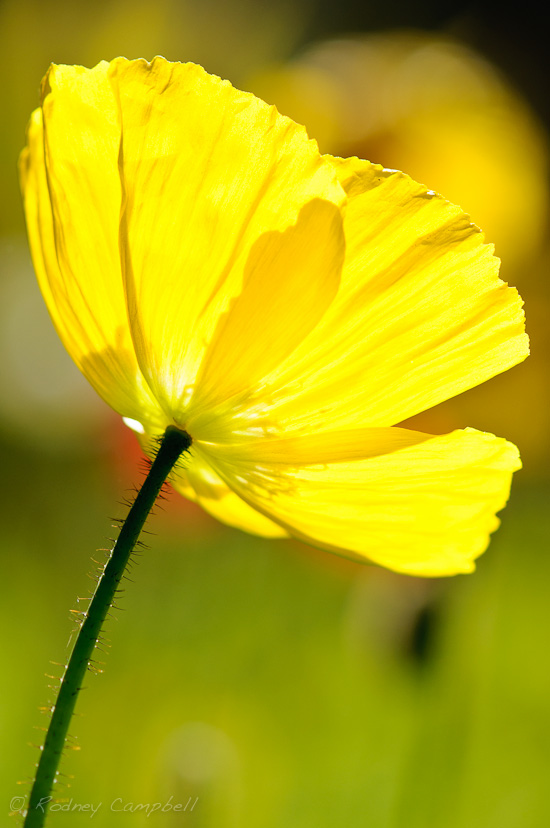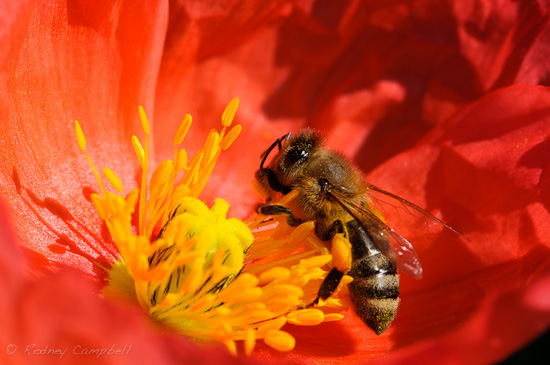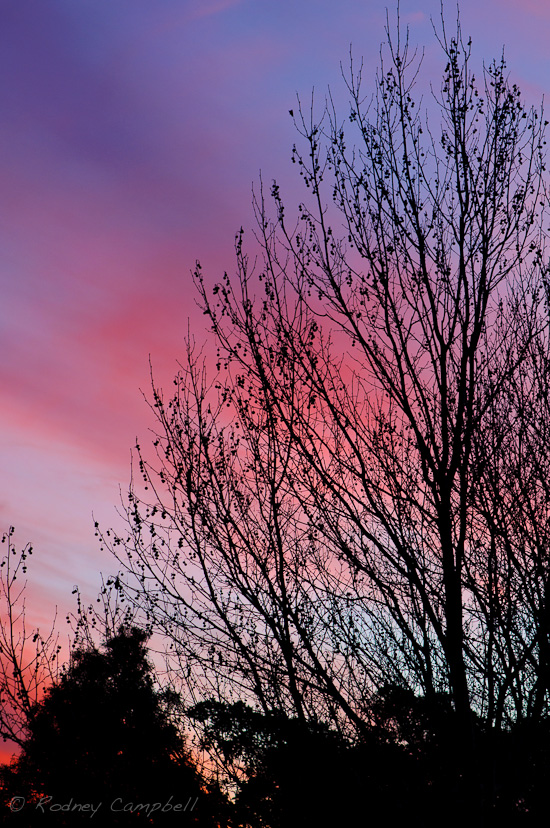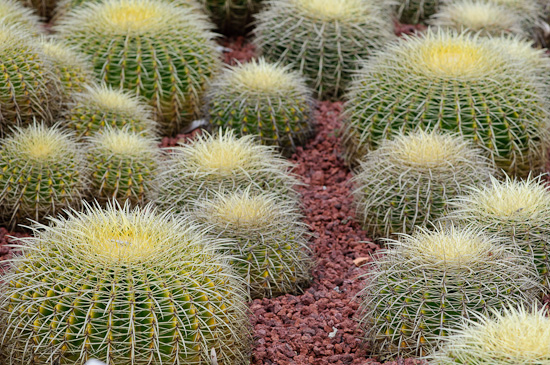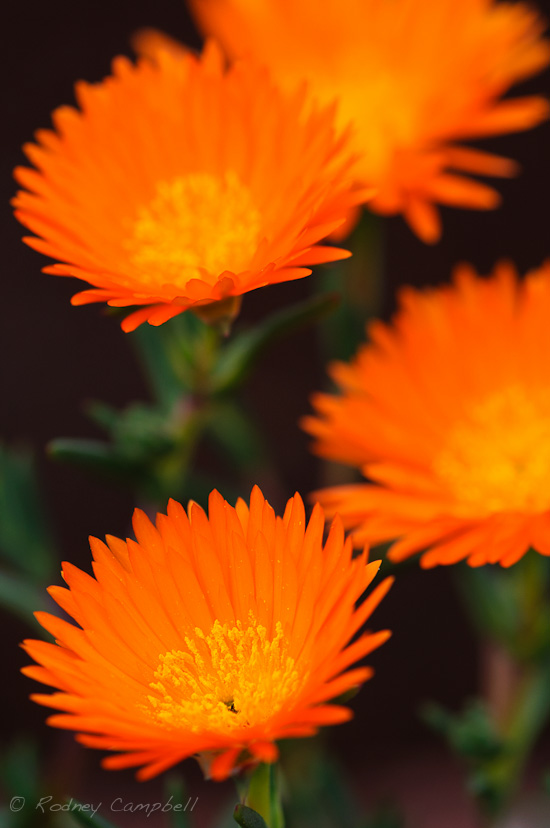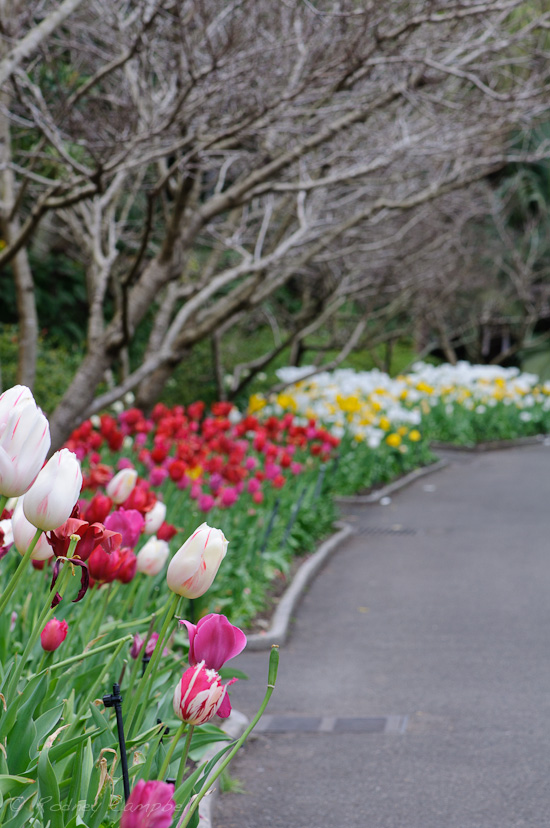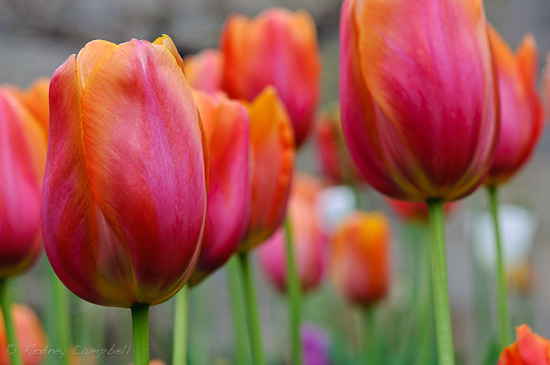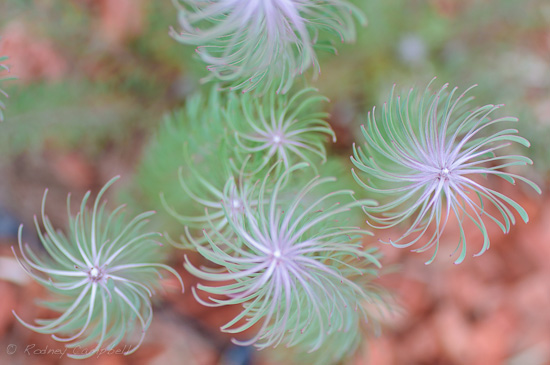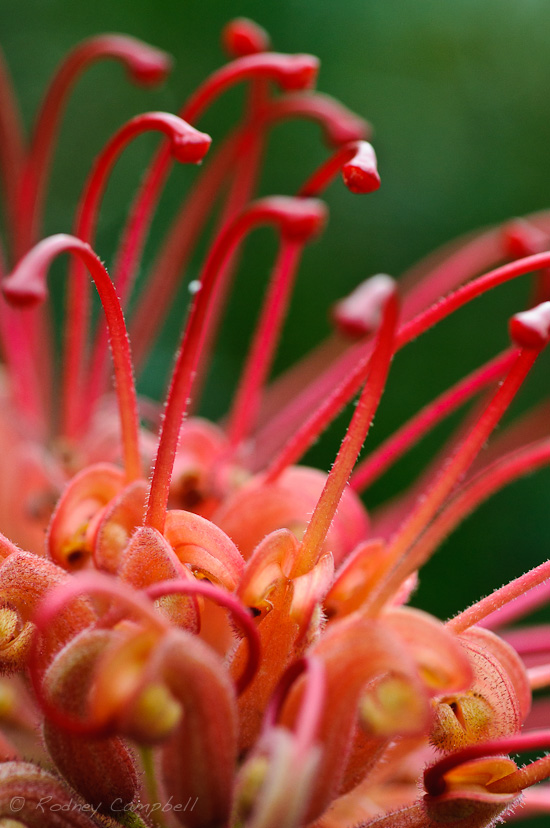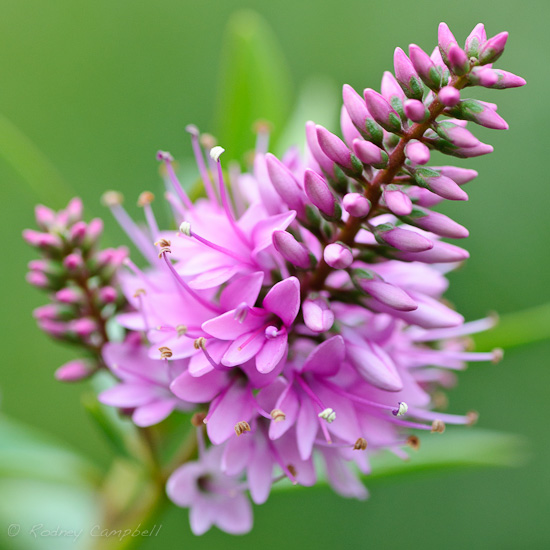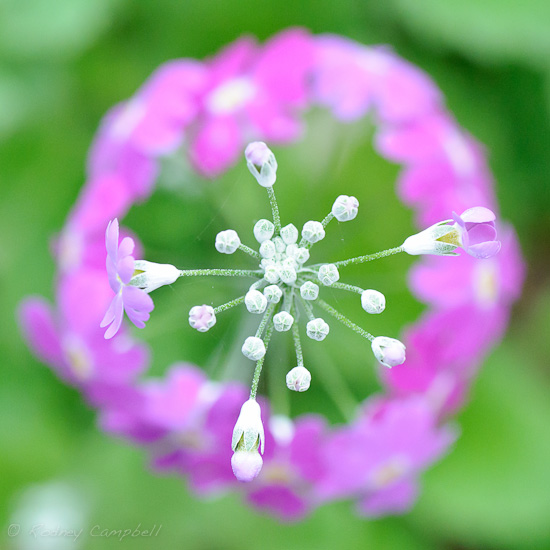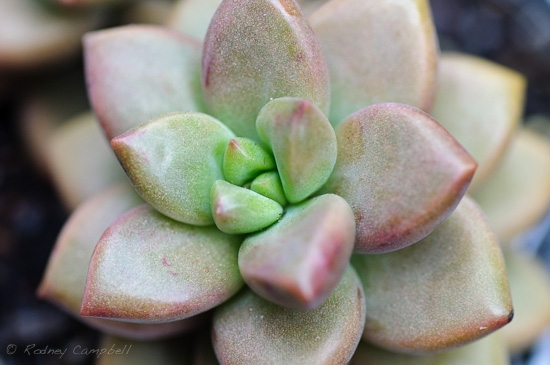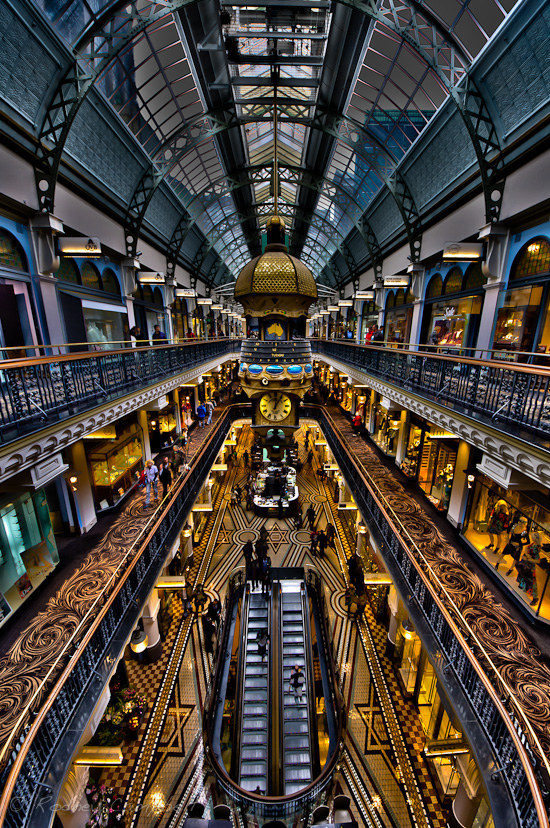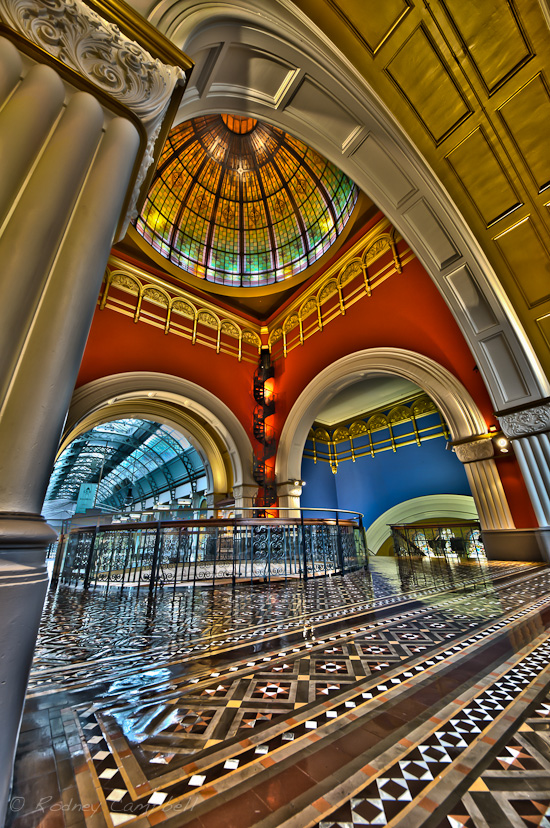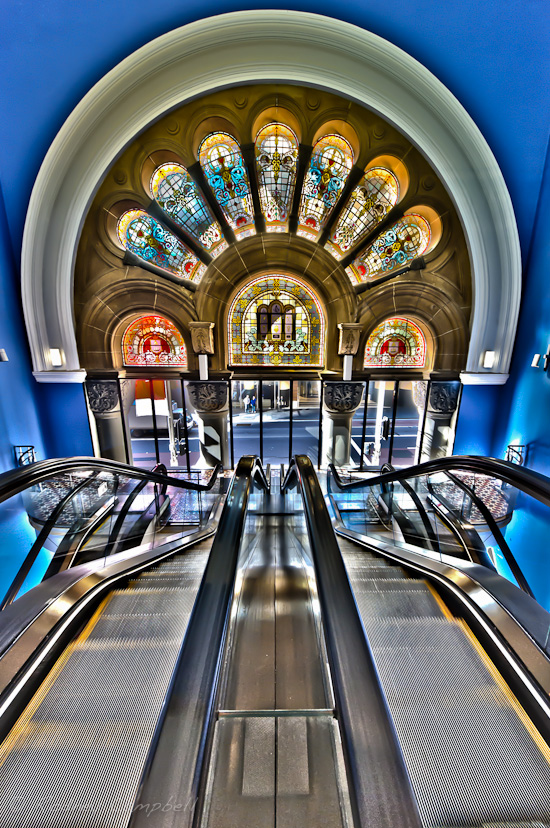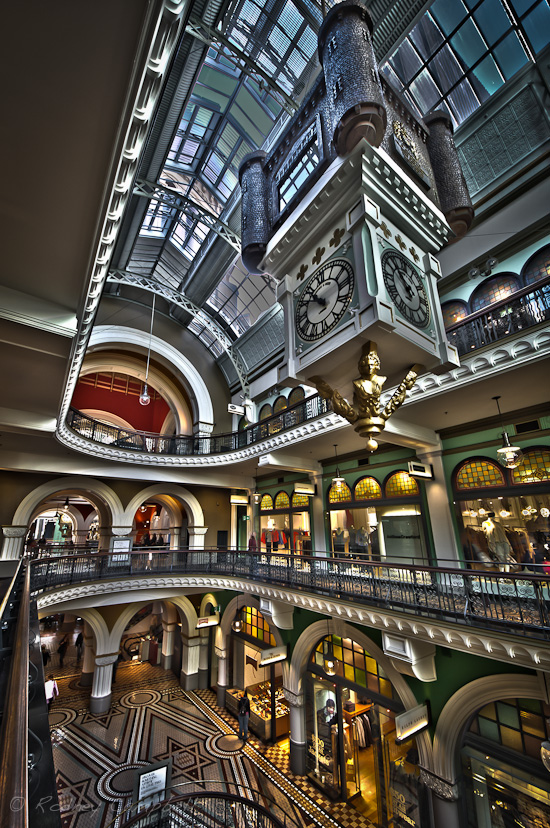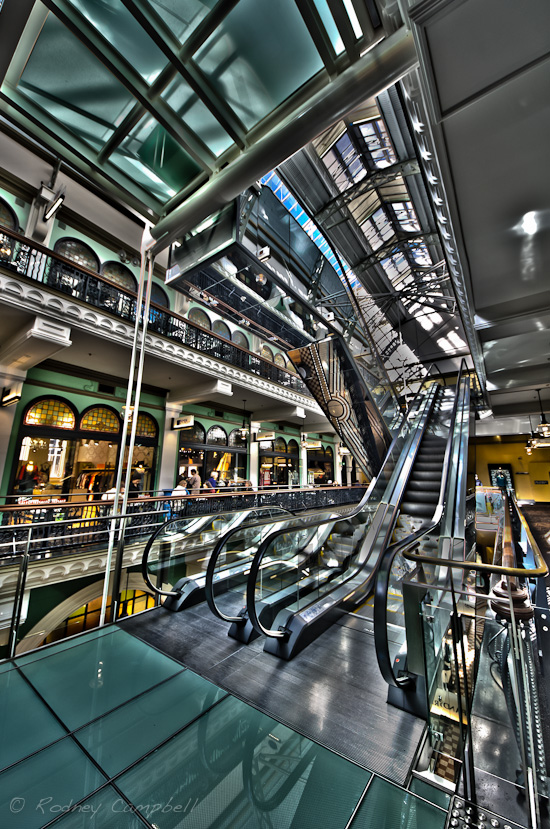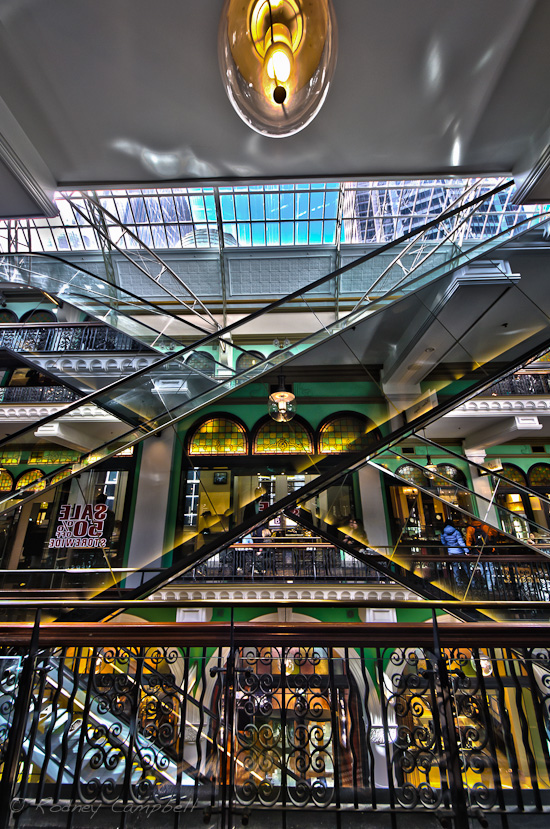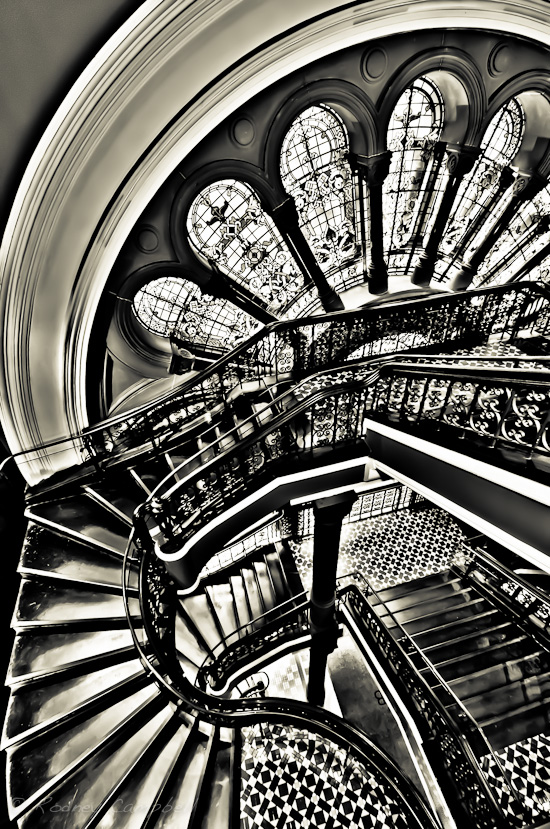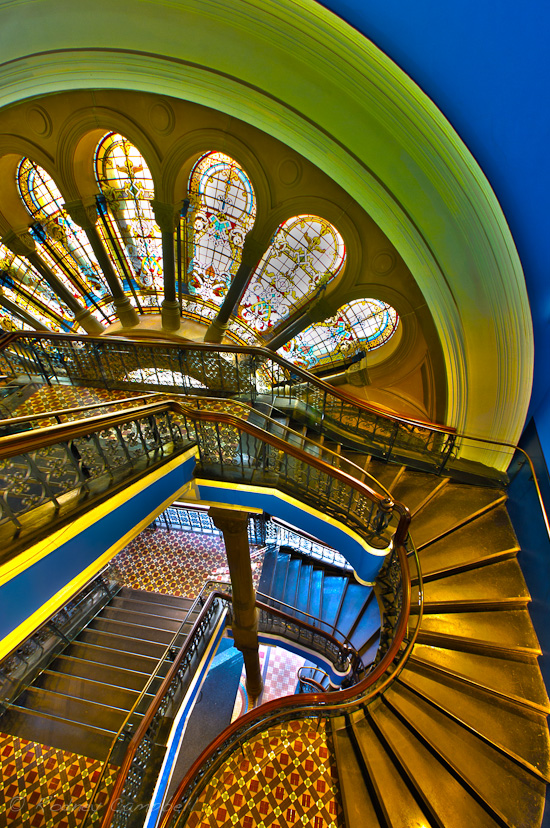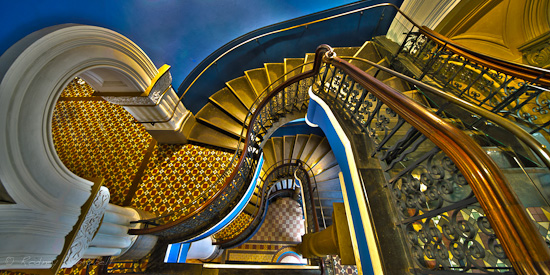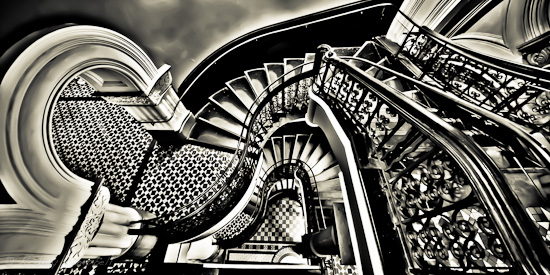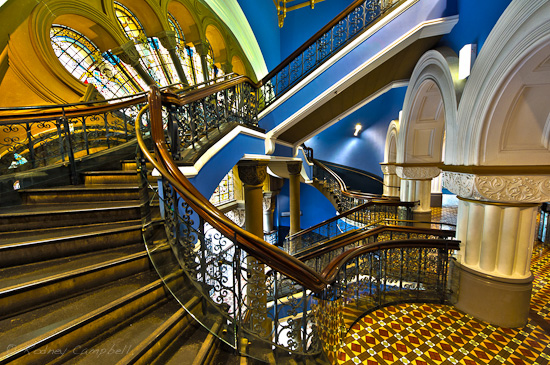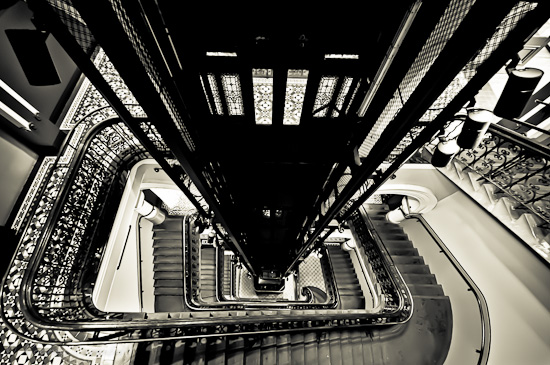Archive for August, 2010
New Lens – Nikon AF-S VR 70-300mm f/4.5-5.6G IF-ED…
by Rodney Campbell on Aug.25, 2010, under Life, Photography
A happy man today – this morning I succumbed to GAS (Gear Acquisition Syndrome) and purchased and picked up a new photographic toy (in North Sydney) – the Nikon AF-S VR 70-300mm f/4.5-5.6G IF-ED lens.
I had borrowed and used (thanks again to my trusty neighbour) Nikons extremely uber pro lens – the AF-S Nikkor 70-200mm f/2.8G ED VR I – during a recent school athletics carnival and again to do some portrait work at a school night-time fundraising event. This fast (constant f/2.8) lens is a staple of the pro photographer and I have to say was an absolute joy to use and produced fantastically sharp and smooth images. It is however very large (over 20cm long and almost 9cm in diameter) and very heavy (over 1.5kg) and very expensive (over AUD$3,000) and totally dwarf’d my tiny D90 and I did notice the weight when shooting for long periods hand-held.
The 70-300 that I bought I guess is not quite the poor mans equivalent (Nikon did have a very cheap 70-300mm f/4-5.6D ED that cost a few hundred dollars) but I’d say it’s the middle mans equivalent of the pro 70-200mm – it’s zooms further (out to 300mm – however it is sharper between 70 and 200mm), it is slower (f4.5-5.6) and is much smaller and half the weight. Apparently however by most accounts between 70 and 200mm it is nearly as sharp as the pro 70-200. On my 1.5x crop sensor Nikon D90 body this lens gives an equivalent field of view of a 105 to 450mm focal length.
The Nikon AF-S VR 70-300mm f/4.5-5.6G IF-ED has the new technology goodies like Vibration Reduction (VR) and Silent Wave Motor – SWM which enables fast and quiet autofocusing, and constant instant switching between autofocus and manual operation (AF-S) and is very solidly built. It normally retails here in Australia for around AUD$1000 however I picked up mine for AUD$649.
This lens is not a DX (crop sensor) specific lens and does support FX (full frame) use which means if I ever do really succumb and upgrade to a full frame sensor camera (like the D700 or above) then I can continue using this lens to it’s full potential – I am now considering sticking with FX only lenses from now on…
I now have three lenses which work fine on FX bodies (this Nikon AF-S VR 70-300mm f/4.5-5.6G IF-ED, my Tamron SP AF 90mm F/2.8 Di Macro and the Nikon AF 50mm f1.8D) and two DX specific lenses (the Nikon AF-S DX 18-200mm f/3.5-5.6G IF ED VR II which I purchased with my D90 and my Ultra Wide Angle Sigma 8-16mm F4.5-5.6 DC HSM).
I am however already thinking about a 50mm replacement – the Sigma 50mm F1.4 EX DG HSM for some smooth and creamy low DoF work… mmmmm….
Nikon AF-S VR Micro-Nikkor 105mm f/2.8G IF-ED…
by Rodney Campbell on Aug.24, 2010, under Life, Photography
I have finally gotten around to borrowing and playing with my neighbours new Nikon AF-S VR Micro-Nikkor 105mm f/2.8G IF-ED lens.
This is a very sweet piece of glass and is the Nikon official sort of equivalent of the Tamron 90mm f/2.8 macro lens that I own (except this Nikon lens is twice the weight and size and two to three times the price! – it also has Vibration Reduction (VR) and Silent Wave Motor – SWM which enables fast and quiet autofocusing, and instant switching between autofocus and manual operation (AF-S) and is a joy to use. It isn’t that I don’t like my Tamron lens (it is absolutely fantastic – especially for the price) it is just that this lens is well… even nicer
I’ve had the lens constantly on the camera for about a week now and I took a number of shots during two lunch hours in the city. The first day I quickly grabbed some shots in Hyde Park which is next to my work and then on the second day a number of colleagues from work also brought in their D-SLR’s and we did a bit of a lunchtime photo walk through some of the Royal Botanical Gardens.
Note: Click any of the images below to see larger versions in an inline overlay gallery viewer.
Hyde Park is Sydney city’s central open green space and it was named after the Hyde Park in London; however, its origins are somewhat different. Originally the Park was a racecourse and sporting ground playing host to all manners of competition. Today the only reminder of its early 19th century competitive heritage is the huge playable chess set that features on the western side of the Park.
The tranquil setting is popular among office workers who want some fresh air, a quick siesta or some time out from the concrete jungle. The central pathway through the park is an impressive, tiled, fig lined road linking two of the parks other features, the Archibald Fountain and the War Memorial.
The War Memorial is a 1934 art deco tribute to the Anzac soldiers who fell in the first world war. The memorial stands 30 metres above the pool of rememberance.
This first shot of a Poppy in Hyde Park was taken towards the sun which is back lighting the semi translucent petals. This lens has a nine-bladed rounded diaphragm opening which affords fantastic Bokeh (the nice smooth out of focus backgrounds when shot at a wider aperture).
“Poppy Love”
I managed to get in pretty tight on this red poppy and a bee loading itself up on pollen. With macro shots like this getting a moving object like a bee sharply in focus is extremely difficult given the very tiny depth of field you get with such close up work. I did use my monopod to steady my camera but it is still difficult to stop the camera or the subject moving forward or backward – even a fraction of a millimetre can throw the focus off.
“Pollen”
That evening we had a fantastic sunset with fabulous colours in the sky. When I was picking up my daughter from her dancing class late in the day we grabbed this quick shot of these silhouetted trees set against this gloriously coloured sky.
The Royal Botanic Gardens were first established in 1816 and they are now one of Sydney’s finest natural assets. The gardens also offer some of the best views of Sydney Harbour, the Opera House and the Harbour Bridge possible. A sprawling 30 hectares of green next to the Sydney central business district, and contiguous to the 35 hectares of Sydney’s Domain and are home to over a million specimens, some of which were planted by the newly arrived European colonists almost 200 years ago. It is also the site of Australia’s first farm.
We visited a number of areas in the gardens including the succulent gardens.
“Waiting for Trouble”
“Mini Suns”
“Colour Trove”
Another example of this lens’s smooth and creamy bokeh and ability to capture incredible detail and saturated colours.
Plants and Flowers Up Close…
by Rodney Campbell on Aug.21, 2010, under Life, Photography
About a month ago my daughters and I found a couple of photo competitions online that both the girls and I might be able to enter – some have both a junior school child category as well as an open category for entry and my older two daughters seemed interested in entering if we all went out and took some photos together. We went out to practice a little during one lunchtime in some streets near where we live. We only walked around with the camera and the single macro lens so all these shots are handheld (no tripod on this occasion). I used ISO (adjustments) to ensure we had the Aperture we wanted and a high enough Shutter Speed to resolve both camera shake and the motion of the flowers in the light wind.
Note: Click any of the images below to see larger versions in an inline overlay gallery viewer.
My girls found this first plant and roughly the angle to photograph (from above) – we each tried a few shots – the one I’ve included is one of mine since unfortunately all theirs were out of focus:
A close up of a grevillea flower is one of mine:
These very pretty pinky purple flowers is another of mine but the girls located the specific flower to shoot:
The next two are pretty much all Amelia – she found the plants to photograph and framed the shots – I especially like her angle of view (from above) of the flower ring with the stem of flowers coming up the middle – both of these were found in a friends backyard (thanks Sue :)):
.
Queen Victoria Building Series II…
by Rodney Campbell on Aug.11, 2010, under Life, Photography
After my previous visit to the Queen Victoria Building and my Escher style photos of stairs, rails and staircases I’d been imagining some more images in my minds eye and I’d also been learning some new High Dynamic Range processing techniques so I decided to revisit the building (twice more now :)) and take/make some different, edgy and much more colourful images.
The HDR techniques I’d been learning tend more towards the surreal fantasy or stylised look (unlike my usual HDR’s which aim to be more photographic) and as such these are not necessarily meant to portray a realistic view of the scene but rather to give a more ethereal glow to the vision – one which I think works with the very colourful, vibrant and textural interior of this old world building.
So whilst they may not be “real” photographs I hope you enjoy both the creative aspect of their composition (angles of view and arrangement of subjects) and the over processing of the images to get these final results…
As before these are all high dynamic range (HDR) images created by merging multiple (3) different exposures of the same scene to create the final image and look.
The individual frames are taken at 0, -2 and +2EV and as they were all shot indoors in low light I had to both increase my sensor sensitivity (ISO) as well as use a very low shutter speed (especially for the overexposed +2EV frames). In these conditions getting a nice sharp shot is made much more difficult and shooting them handheld even more so. Again I took my new Benro carbon fibre monopod with me to stabilise the shots which I used for pretty much every image and again this has worked exceedingly well to get the sets of three sharp images to use.
The first image I originally took at the end of my previous trip to the building and it was the post processing of this image which inspired me to go back and take some more images expressly so I could process some more in a similar vein. However there were a few problems with the image – notably that it was tilted/skewed and I couldn’t get it to look both horizontally and vertically straight(ish). On my next trip I reshot it in an attempt to redo it but this time it had other problems (notably the insanely bright light coming in from above since it was a clear blue sky day). So I went back again yesterday which was a very rainy overcast day and reshot again for the third time and this time I think we might have a better result
“The Grandness of Time”
A sweeping view of the large main dome on the top floor taken from near floor level. This was another shot where I wasn’t entirely happy with the end result – mainly because of the blown out detail and rippled effect on the floor on the left. I actually thought this may be due to the HDR process but it’s all in the original RAWs as well so it’s simply the effect of the reflections of the bright light off the floor. The bright sun coming in through the roof also caused this huge swath of white across the left there and killed most of that passageway. So I reshot it again on the last trip (overcast day so the light wasn’t so hard) and it did turn out better but still with some blue ripple.
“Imperial Dome”
A view down the main entrance escalators off George Street with the backlit stained glass windows. One I apparently got right the first time 
“Up or Down”
A different view of the main clock inside.
“Passages of Time”
These highly reflective mirrored glass escalators inside are a new addition to the building and make for some interesting reflections.
“Glass”
“Reflections”
Sydney’s Queen Victoria Building…
by Rodney Campbell on Aug.05, 2010, under Life, Photography
I’ve been trying to express a more creative side to my photography and to that end I spent a lunchtime this past week exploring the inside of the Queen Victoria Building to find some interesting scenes and angles to shoot and to create some more arty and interesting looks.
These are all high dynamic range (HDR) images created by merging multiple (3) different exposures of the same scene to create the final image and look. For some of the final images I then post processed the colour images into various black and white (monochrome) variants with different looks that I felt suited the scene.
The individual frames are taken at 0, -2 and +2EV and as they were all shot indoors in low light I had to both increase my sensor sensitivity (ISO) as well as use a very low shutter speed (especially for the overexposed +2EV frames). I’m also using my Sigma Ultra Wide Angle lens which goes down to 8mm to give a very wide view. In these conditions getting a nice sharp shot is made much more difficult and shooting them handheld even more so.
I actually took my new Benro carbon fibre monopod with me to stabilise the shots and I did end up using it most of the time (even after the security guard came up to me and told me that the use of tripods were not allowed in the QVB). I did quiz the guard indicating that I was in fact not using a tripod (“tri” “pod” meaning three legs) but was in fact using a “mono” “pod”. I understand that when using a tripod the three legs do stick out and could cause a trip for a passerby but the monopod goes straight down to my own feet. Anyway I was just a bit more discreet with it’s use from then on and generally rested the end of the monopod on the top of the front of my shoe just in case they were concerned with it going on the floor (even though it does have a rubber end).
“Stained with History”
“Stained with History II” – Colour
“On Rails” – Colour
“On Rails”
“Stairs and Rails” – Colour
“The Grand Spiral II”
The Queen Victoria Building, or QVB, is a late nineteenth century building by the architect George McRae in the central business district of Sydney, Australia. The Romanesque Revival building is 190 metres long by 30 wide, and fills a city block, bounded by George, Market, York and Druitt Streets. Designed as a shopping centre, it was later used for a variety of other purposes until its restoration and return to its original use in the late twentieth century.
The site of the Queen Victoria Building was the location of the George Street Markets, and was selected for the construction of a grand government building. Architect George McRae designed the QVB in the ornate Romanesque Revival style with the express purpose of employing a great number of skilled craftsmen who were out of work due to a severe recession. The building was completed in 1898 and named the Queen Victoria Building after the monarch.
The completed building included coffee shops, showrooms and a concert hall. It provided a business environment for tradesmen such as tailors, mercers, hairdressers, and florists. The concert hall was later changed to a municipal library and the building was partitioned into small offices for Sydney City Council. The building steadily deteriorated and in 1959 was threatened with demolition. It was restored between 1984 and 1986 by Ipoh Ltd at a cost of $86 million, under the terms of a 99-year lease from the City Council and now contains mostly upmarket boutiques and “brand-name” shops.
Ipoh finished a $26 million refurbishment in 2009. The changes include new shopfronts, glass signage, glazed balustrades, new escalators connecting ground, first and second levels and new colour schemes.
Stained glass windows, including a cartwheel window depicting the arms of the City of Sydney, allow light into the central area. The intricate colonnades, arches, balustrades and cupolas make the exterior a visual feast of Victorian fussiness.
Inside, the building consists of four main shopping floors, the top three pierced by voids protected by decorated cast-iron railings. Much of the tilework, especially under the central dome, is original, and the remainder is in keeping with this style.
Source: Wikipedia
